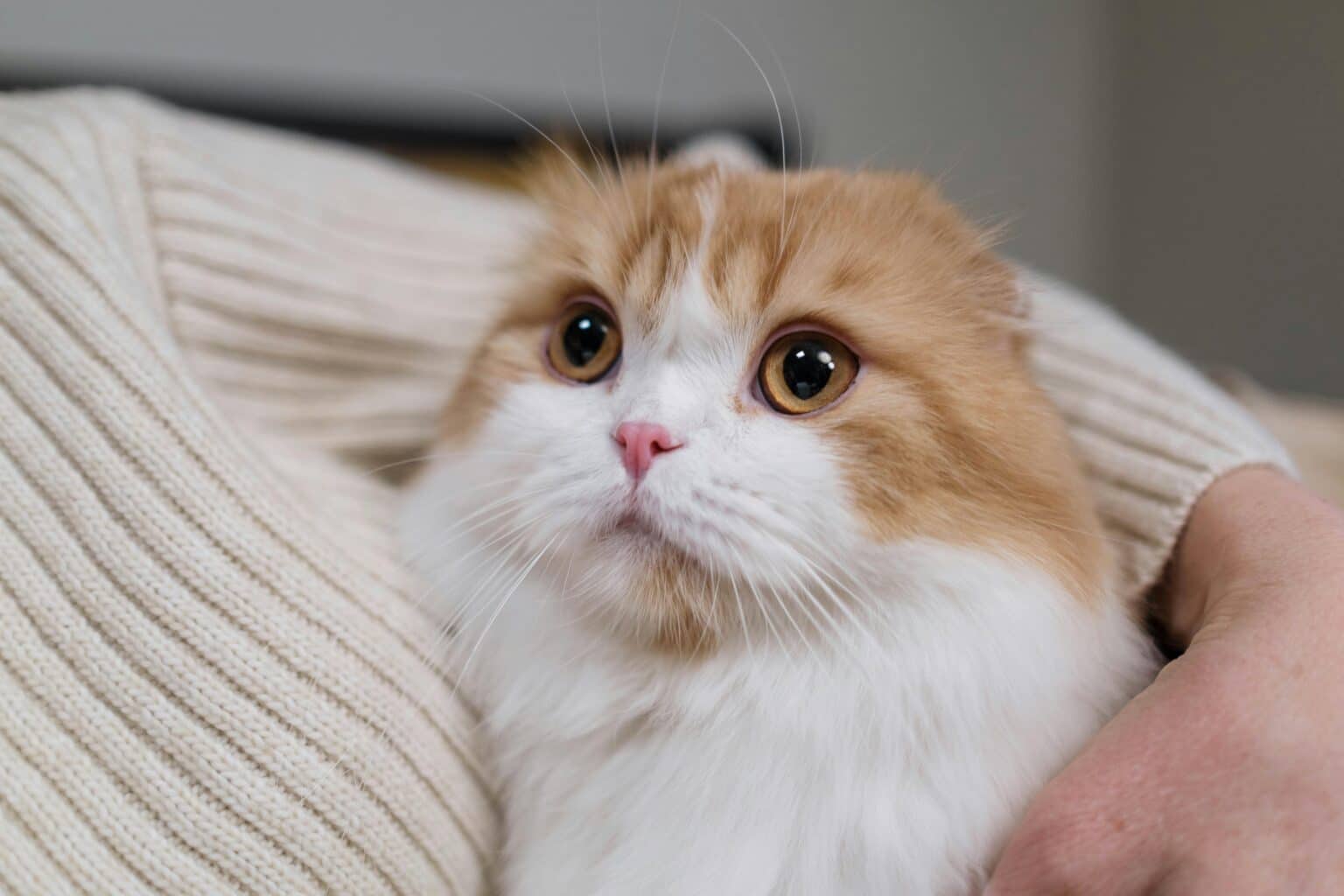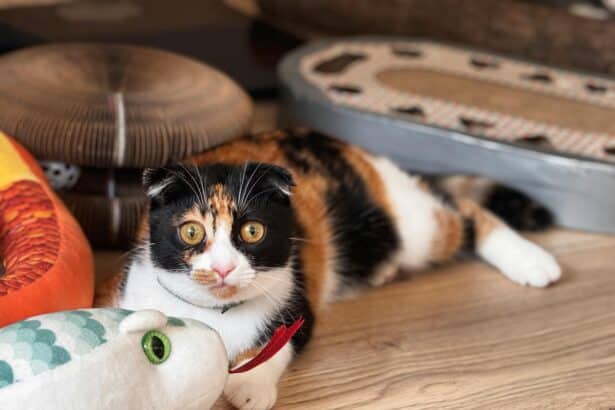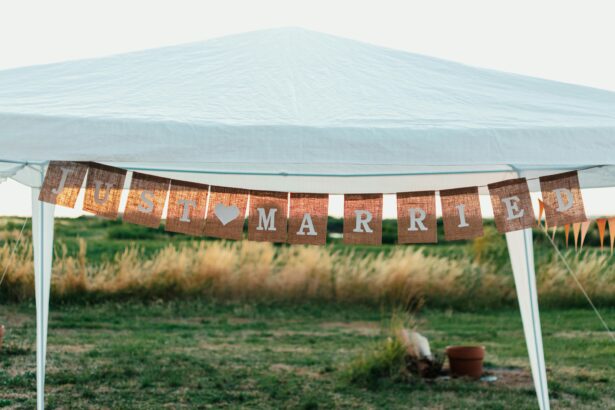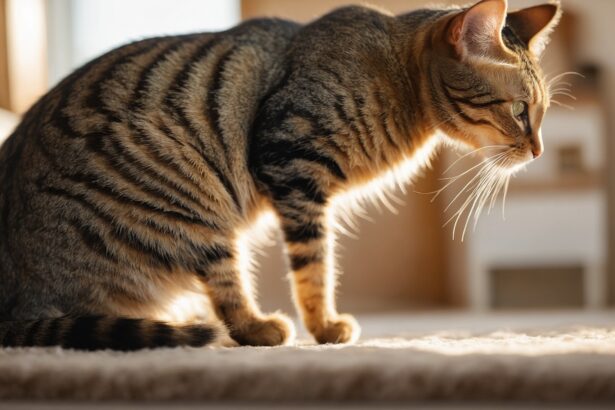Why do cats knead? Decoding that adorable rhythm
If your cat settles on your lap and starts making little “biscuits,” you’re witnessing one of the sweetest feline rituals. But what’s the message behind those rhythmic paws? Let’s open the secret diary of kneading—together.
- Why do cats knead? Decoding that adorable rhythm
- An instinct born at the milk bar
- Affection on paws: when your cat kneads you
- Kneading as a subtle way to mark
- When kneading becomes too much
- Practical care for happy kneaders
- Welcome the moment, set gentle limits
- Protect skin and fabrics without fuss
- How to pause a session, nicely
- The feel-good side of kneading
- Myths and gentle truths
- Conclusion: read the rhythm, deepen the bond
First hint: kneading is rarely random. It’s comfort, memory, emotion, and sometimes a tiny bit of territorial pride, all in one gentle gesture.
An instinct born at the milk bar
- Kitten reflex: newborns knead their mother’s belly to stimulate milk flow. That early-life comfort imprint often lasts into adulthood.
- Emotional soothing: the motion helps many cats self-regulate, especially during naps or cuddles.
- Memory echo: even years later, the ritual can revive that safe, warm feeling from kittenhood.
Personal confession: my Luna kneads her cloud-soft cushion before every nap, eyes half-closed, whiskers relaxed—pure bliss.
Affection on paws: when your cat kneads you
- You’re the safe place: choosing your lap signals trust and attachment. Your scent, warmth, and stillness set the perfect mood.
- Love note, feline edition: some cats purr, slow-blink, and knead at the same time—an affectionate trifecta.
- Practical tip: keep a “kneading blanket” nearby. Place it over your legs to protect skin and invite comfy biscuits anytime.
Curious why your kitty also loves to curl up on you? Explore other cuddly clues in why cats sleep on us.
Kneading as a subtle way to mark
- Scent whispers: cats have scent glands in their paw pads. Kneading can deposit a gentle signature—“this spot (and person) is mine.”
- Favorite zones: blankets, sofas, beds, and your hoodie often become their chosen canvases.
- Gentle management: offer a plush throw or kneading-friendly cushion where your cat already loves to rest.
Worried about fabrics? Set your home up for harmony with these ideas to prevent furniture scratching.
When kneading becomes too much
- What’s “excess”? nonstop, agitated, or anxious kneading may point to stress, boredom, or a recent change at home.
- Context clues: look for dilated pupils, a twitchy tail, or restlessness. Consider routine shifts, new pets, or loneliness.
- What helps: add vertical spaces, puzzle feeders, and predictable playtime; reassure with a calm voice and steady routine.
Need a quick checklist? Here are the signs of stress in cats and how to help, step by step.
Practical care for happy kneaders
Welcome the moment, set gentle limits
- Cozy corners: place soft blankets in favorite spots to “invite” kneading where it’s safe and comfy.
- Common mistake to avoid: don’t push your cat away abruptly. It can dent trust and increase anxiety; instead, guide paws onto a blanket.
- Original trick: pop a clean, dry towel in the dryer for a minute, then lay it on your lap—many cats can’t resist warm, dreamy biscuits.
Protect skin and fabrics without fuss
- Lap armor (but cute): a thick throw or knit cushion saves thin leggings—and your thighs.
- Kind grooming: keep nails neatly trimmed to soften kneading pressure; avoid cutting too short to prevent discomfort.
- Redirect kindly: if claws snag, shift your cat onto the kneading blanket and reward with a calm “good job.”
How to pause a session, nicely
- Read the room: if kneading gets intense or painful, gently lift the blanket edge and move it beside you.
- Soft diversion: offer a plush toy or start a slow petting session along the cheeks—many cats settle without frustration.
- Always calm: steady breathing and a soft tone keep the moment reassuring.
The feel-good side of kneading
Relaxation rituals that ripple through the body
- Comfort loop: kneading often pairs with purring, which many cats use to self-soothe and unwind.
- Vibration bonus: feline purrs vibrate around 25–150 Hz; some research associates these frequencies with potential healing effects in tissues (study link).
- Make it routine: a predictable evening wind-down—play, snack, cuddle—encourages relaxed kneading and better sleep.
Want to decode that gentle rumble too? Dive into why cats purr and what it can mean for your feline’s mood.
Bonding, strengthened
- Mini love language: respond with slow blinks, a quiet hello, or cheek rubs to mirror affection.
- Sweet surprise: some cats drool a little while kneading—oddly charming and perfectly normal when they’re relaxed.
- Keep it positive: never punish kneading; guide it instead. You’ll protect both your fabrics and your bond.
Myths and gentle truths
“Kneading always means happiness”
- Not always: it’s usually contentment, but stress or even mild discomfort can trigger repetitive kneading. Check body language.
- Look at the whole cat: eyes, tail, posture, and vocalizations tell the real story.
“All adult cats knead”
- Not a rule: some never knead—it’s individual and influenced by personality and early experiences.
- No need to worry: lack of kneading isn’t a red flag by itself.
“Claws out means trouble”
- Grip, not aggression: unsheathing claws can help grip the surface during biscuits.
- Do this instead: trim regularly, offer thick fabrics, and avoid any harsh reactions. Declawing is harmful and not an option.
Conclusion: read the rhythm, deepen the bond
So, why do cats knead? It’s comfort, memories, love, and a sprinkle of scent-marking—all wrapped in soft paws. Welcome it, guide it gently, and let this little ritual knit you closer together.
FAQ
Why does my cat knead me but not others?
They likely feel safest with you. Your scent, routine, and calm presence make the perfect kneading combo.
Why does my cat knead and bite the blanket?
It can be self-soothing or playful. Offer a plush toy as an alternative if it gets too intense.
Should I let my cat knead on my lap?
Yes—use a thick blanket to protect skin. Redirect gently if claws become uncomfortable.
Why does my cat knead and drool?
Drooling during biscuits is common when deeply relaxed. If drooling appears suddenly with other symptoms, call your vet.







